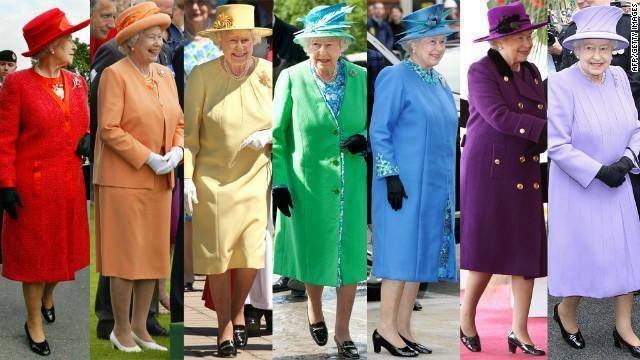Editorial Cartoons
and Memes
To be an editorial cartoonist, you have to combine several talents. You have to learn to draw. You have to learn to write. You have to pay attention to the news so you can come up with good ideas.
--Fred Barbash (2003)
Editorial Cartoons
Editorial cartoons provoke the thought found on the opinion pages with the humor found in the comics section of a newspaper. The cartoon is usually drawn by one person and does not necessarily represent the editorial opinion of the newspaper it appears.
Part of the power of an editorial cartoon lies in its simplicity. Because they use few-if any words-to tell a story, they can be read and understood even by people who are illiterate. Satire and caricature often re-enforce the cartoonist's message.
By studying political cartoons, you can get a sense of the important issues in various historical periods. Links to various editorial cartoons and cartoon collections can be found in our list of Reference and Resources.
Charles Cave (2000) argues that "Cartooning is a fine example of the use of creative thinking. You can see a different perception of the world through the eyes of the cartoonist." Part of the role of the editorial cartoonist is to provide unique insights.
Editorial cartoons continue to appear in newspapers today. However, individuals such as Randall Munroe write editorial cartoons and release them on-line.
Memes
Memes are a 21st century version of the editorial cartoon. Like editorial cartoons, memes take a simplistic approach to communicating their messages. However, most memes include some type of text.
Although memes tend to be simple, some are very complex and require an understanding of current events. One such meme was released on 17 July 2013 shortly after Queen Elizabeth II officially endorsed the same-sex marriage law that had passed parliament.
In a series of photographs, the Queen is shown in various colored dresses. The images are arranged in the same order as the colors of the gay pride flag.
Digital Literacy
As a way for you to demonstrate digital literacy skills, some professors will ask that you create and analyze a meme. Being able to understand how memes relate to the history of editorial cartoons will increase your critical thinking skills and allow you to do a higher quality design. It will also likely impress your professor.
Printer Friendly Version
Download a printer friendly copy of "Editorial Cartoons and Memes."
